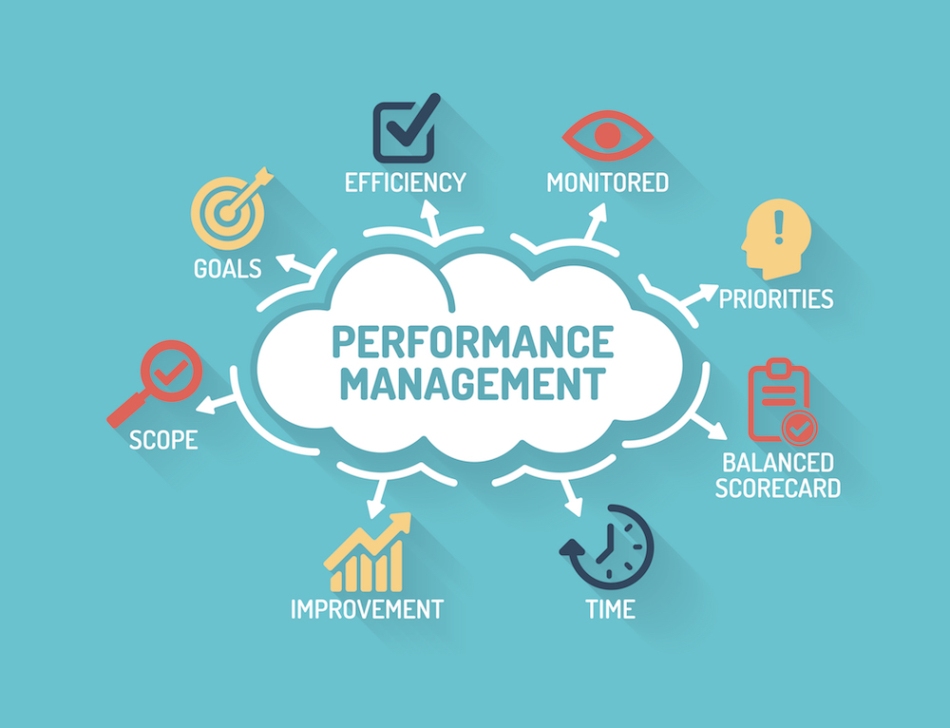For companies with hundreds or even thousands of employees, organized into many different functional departments, keeping everyone on the same page is a major challenge. While you want employees to develop their individual and team goals, you also need to be confident that they remain focused on the organization’s overall mission and objectives.
Yet according to research from Kaplan and Norton, only 7% of employees today fully understand their company’s business goals and strategies and what’s expected of them in order to help achieve company business goals.
Keeping everyone focused on the same goals is especially important for high growth companies as it is impossible for a company to scale and grow without having everyone moving in the same direction towards their overall goals. And, as an individual, it’s difficult to accomplish anything significant or develop as a leader if your personal goals are not fully aligned with the company’s higher-level goals. Ideally, everyone on a team should be able to trace the path from their individual goals all the way up to the broader company goals. This is what is known in the industry as the “golden thread”, taken from the fairy tale story of “Rumpelstiltskin”!
The Golden Thread is a simple framework for aligning performance metrics with organizational objectives, and therefore individual goals throughout each layer of the business. Every employee becomes not only aware of the organization’s strategy, but also aware of how they can create value in the organization, and they are incentivized to achieve this.
The challenge of the golden thread is to align performance management with an organizational strategy so that everyone coordinates their individual goals with those of the organization. In a time when technology is advancing quickly and the workplace is constantly evolving, however, many companies find that achieving true business alignment can be elusive.
Lawson et al. (2003, cited in Elzinga et al., 2009) found through research in 150 organizations, that two-thirds agreed that implementing performance management systems increased employees’ awareness of company strategy and business plan goals, and helped to align operational improvements with the overall strategy. This is why certification becomes important when it comes to performance management training. Having a leader who is fully trained and certified in performance management best practices brings the confidence that they have the knowledge to align the entire team with the company’s overall goals.
In “The Art of War”, Sun Tzu claims that ““Strategy without tactics is the slowest route to victory, tactics without strategy is the noise before defeat.” This reflects the mission of the golden thread – to ensure that goals at the tactical level are aligned with goals at the strategic level, with each level dovetailing seamlessly into the other, reinforcing the whole.
The reality is that if your employees are meeting/exceeding the individual performance metrics you set for them, but those metrics aren’t aligned with your business objectives then your employees have been wasting their time and effort on work that doesn’t matter to the big picture. Organizational culture plays a major part in achieving this goal. Open communication and trust in performance information is critical. The organization must move from a reactive and command-and-control culture to an open and proactive one where every person is empowered, encouraged, and motivated to act to achieve the agreed goals.
Achieving this level of alignment is no mean feat. It is a major challenge at every level of the organization. It requires both executive teams and mid-level managers to have a deep knowledge of team management skills. Managers may benefit from performance management certification and training to give them the confidence they need to align their teams in the most effective way. In the case of fast-growth companies, it is impossible to rapidly scale and grow a company without aligned goals and performance. It is also an enormous challenge to consistently communicate strategy, culture, and goals throughout rapidly growing teams.
To achieve the golden thread of alignment, managers must at the very least achieve three-four results:
- Develop a “Vision” and objectives for the team/department that aligns with the company strategy.
- Cascade company goals down to team goals.
- Clearly, communicate these goals to team members – regularly!
- Ensure direct reports have goals that “roll-up” into the company’s vision and goals.
The Institute for Performance Management provides certified performance management training for business professionals globally. The Institute delivers the Performance Management Certificate, a training and certification course in performance management that leads to the designation of Certified Performance Management Professional. More information: https://www.certifiedperformance.org/
